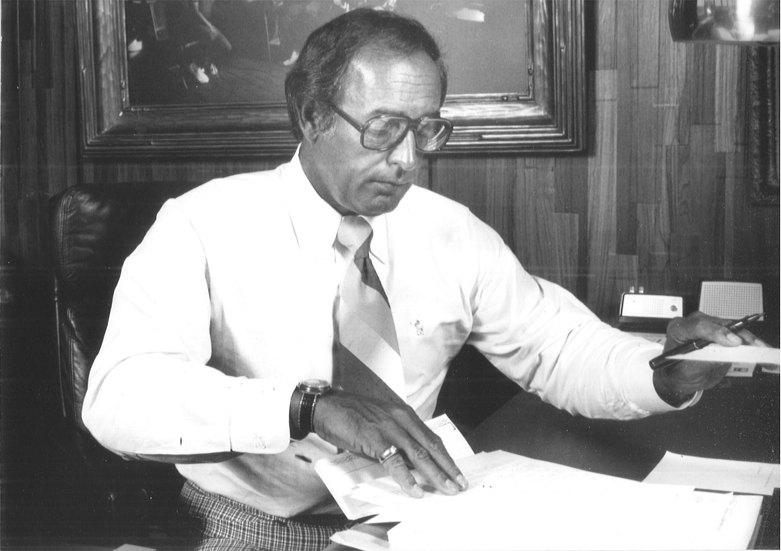Officials began drilling in a renewed effort to recover the body of Jimmy Hoffa last Friday. Hoffa, a prominent leader of the International Brotherhood of Teamsters, disappeared on July 30, 1975.
A tip led officials to Roseville, Mich. suburbs last week. The tipster did not say they body was Hoffa’s, but the body was supposedly buried around the time of Hoffa’s disappearance. Further, the former owner of the house has connections to organized crime.
Radar detected an anomaly below the slab of concrete where Hoffa is allegedly buried. However, the samples taken Friday showed no visible signs of a body.
The samples were sent to Michigan State University for further tests. The police await the results that will confirm or deny the presence of a body.
Police are not convinced that it is Jimmy Hoffa’s body, despite the evidence.
“We are strictly investigating this as a cold case homicide and that has been our focus from the beginning,” said Roseville Police Chief James Berlin to CNN reporters. “If it somehow happens to be Mr. Hoffa, well great, that will end a major mystery.”
Calvin history professor James Bratt said the murder mystery elements of the former labor union leader’s disappearance attract people to the case.
“It’s interesting that it’s a murder mystery combined with organized crime,” Bratt said. “It’s an interesting combination of different TV plots.”
The night Hoffa disappeared, he was to meet with Anthony Giacalone and Anthony Provenzano, both mafia leaders. Both Giacalone and Provenzano denied the meeting taking place. His car was found at the restaurant but there was no sign of Hoffa.
Many theories developed over the past 37 years about what happened to him.
One theory put the corpse underneath the New York Giants’ stadium while another said he was killed by federal agents and the body was dropped from a plane over the Great Lakes.
In 2006 the body was believed to be on a farm 30 miles from where Hoffa disappeared. The information given was described to be the most credible lead since Hoffa disappeared.
The ongoing search has opened a dialogue about the relevance of the case.
The police chiefs leading the investigations think it necessary to do all that is possible finish the case.
“I would like to bring closure to his family and the tens of thousands of Teamsters that idolize this man, and just the southeast of Michigan,” Berlin said.
Milford Police Chief Wayne Walli told Detroit Free Press reporters in 2006 he would be criticized if a body was later found by the owner of the property and the police failed to search when they received the tip.
“Certainly the information was credible,” Walli said to Detroit Free Press reporters. “It was necessary to pursue it.”
Some of the Calvin community think the search is not worth the continued effort.
Freshman Megan Vander Hulst stressed that the case has gone on for 37 years.
“The case just doesn’t really seem that important,” said Vander Hulst. “The police have so many other things that could use their resources.”
Bratt said that the focus on the case is wrong. He is more concerned with where the millions of dollars went than the whereabouts of the body.
“The guy is dead,” he said. “That is pretty clear.”
Bratt believes that the drama of the disappearance distracts people from the larger issue of workers receiving fair compensation. His father was a member of the Teamsters union.
“The pension was terrible,” said Bratt. “As usual, the point is gone with the wind and people are more interested in the soap opera aspect.”






